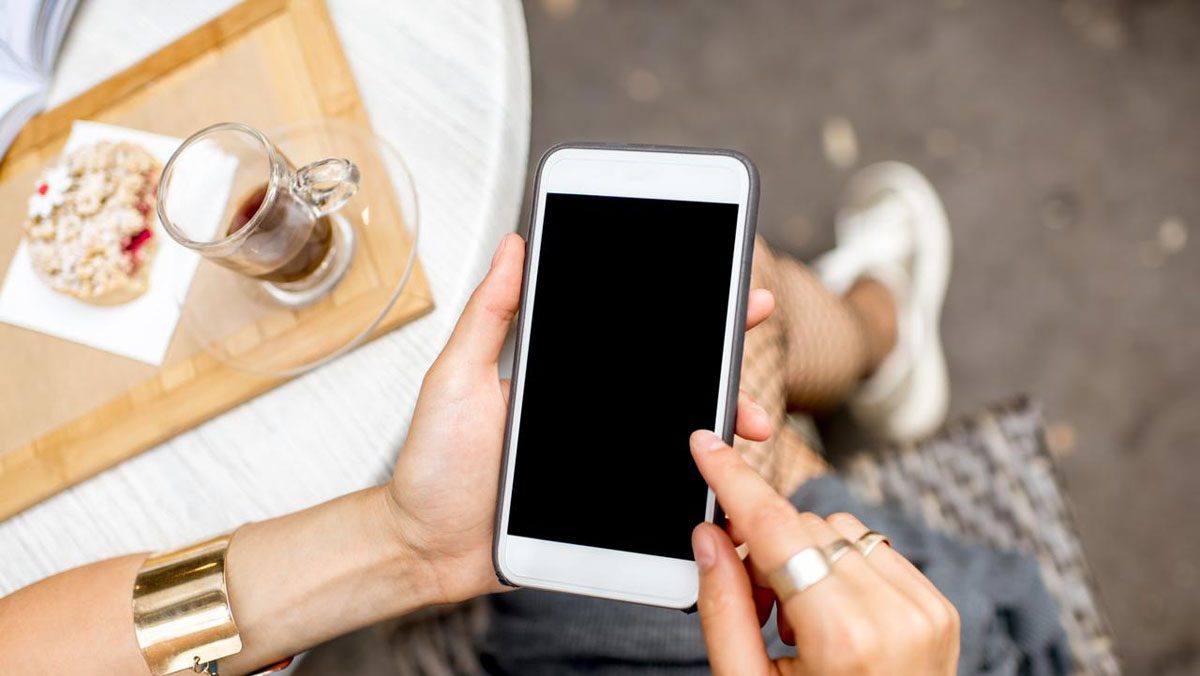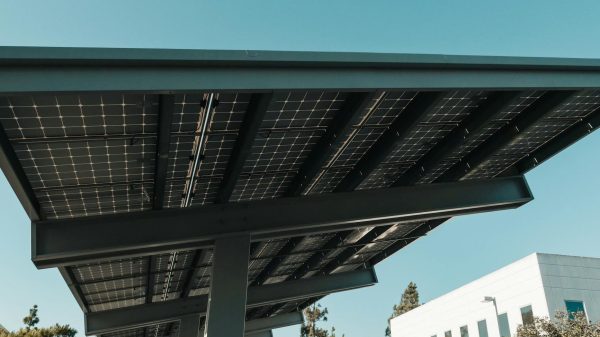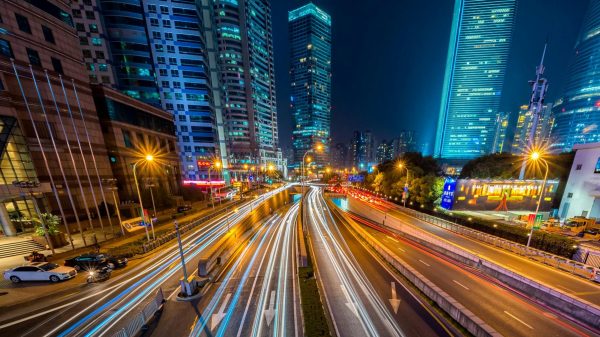As every year since 2012, World Energy Saving Day is celebrated on 21 October, a day that seeks to promote a change in consumption habits for a more responsible and efficient use of energy and thus generate a lower impact on both the environment and natural resources.
Saving energy in our day-to-day lives does not have to mean a loss of quality of life, but there are numerous gestures that can help us to achieve this goal: from sustainable mobility to being careful with the use of household appliances and electronic devices in the home.
World Energy Saving Day. Tips for saving energy with our devices
In the personal sphere, we have the possibility of saving energy with the use of our technological devices with some simple tips:
- Unplug the charger when not in use.
- Use the energy saving mode when you do not need your mobile device at 100%.
- Adjust the screen brightness or set it to adjust automatically.
- Before buying a mobile phone, look at the consumption and battery life.
- Turn off the router when you are not going to use it for long hours.
- Avoid leaving equipment connected in standby mode, because even if it is not switched on, it still uses electricity.
- Use power strips with switches.
Specifically applied to extending the battery of the mobile phone, we can also follow a series of recommendations that will help us to save energy, such as:
- Do not charge it until the battery is not below 15%-20%.
- Use the official brand charger.
- Switch off your phone for a full night at least once a week.
- Do not subject the phone to extreme temperatures.
Digitisation for efficient use of energy resources
Whether it is a question of ecological awareness or economic savings, the importance of sustainable energy consumption is an issue that is increasingly present in society. Tools such as the Internet of Things (IoT), Big Data and Artificial Intelligence make it possible to better manage energy from production to consumption.
To give a specific example, thanks to the digitisation of the electricity grid, the energy transition is accelerating, a digitisation that is based on three pillars: sensors and actuators, connectivity and data processing. Collecting and recording information is not enough per se¸ it is necessary to transfer this information where it can be processed, evaluated and analysed, and for this, communication networks are essential.
Hyperconnectivity and digital transformation require greater energy efforts as infrastructures must adapt to an ever-increasing demand. And so that this is not a problem, technologies such as 5G have been developed, which is up to 90% more efficient than 4G in terms of energy consumption per unit of traffic (W/Mbps), together with other tools that allow consumption needs to be reduced. Networks that can be powered by renewable energy to minimise their environmental impact.
Many economic sectors – transport, health, education, energy, industry, agriculture… – use connectivity more and more intensively, and the Internet of Things helps to control and optimise the use made in these intense work spaces, and with the consumption data collected by the different sensors, plans can be drawn up to control energy expenditure.
In general terms, digitisation helps to:
- Improve the management of energy and natural resources such as water, electricity or gas.
- Optimise energy production with clean and conventional sources.
- Reduce energy consumption in hours, public and commercial spaces or companies by sensing the environment.
What is Telefónica doing?
Telefónica’s commitment to the fight against climate change can be evidenced by a simple fact: we have reduced the company’s total consumption by 7.4% while data traffic has increased by 7.2%.
Thanks to electricity from renewable sources and improved energy efficiency, greenhouse gas emissions (Scope 1, 2 and 3) have been reduced by 51% in just 7 years. In addition, 81.7 million tonnes of CO2 have been avoided at customers, thanks to the company’s products and services.
These and many other relevant economic, environmental, social and governance data can be consulted in the Management and Sustainability Report 2022 and in our Climate Action Plan.
Circular economy to reduce energy consumption
Telefónica’s sustainability strategy also includes promoting the circular economy, with the goal of Zero Waste by 2030.
The circular economy is a tool that helps to reduce energy consumption, as reuse avoids the energy consumption involved in manufacturing a new product and recycling avoids the extraction of new raw materials by transforming waste into resources. In addition, it can also contribute to savings if its consumption and efficiency is considered from the design of equipment.
This is why the company:
- Reuses more than four million electronic equipment from operations, offices and customers every year and recycles 98% of waste.
- It integrates circular economy criteria in the purchase of equipment and considers energy efficiency in the design.
Thus, trying to help reduce energy consumption is a task that concerns the whole of society and where everyone, to a greater or lesser extent, can do their bit.










